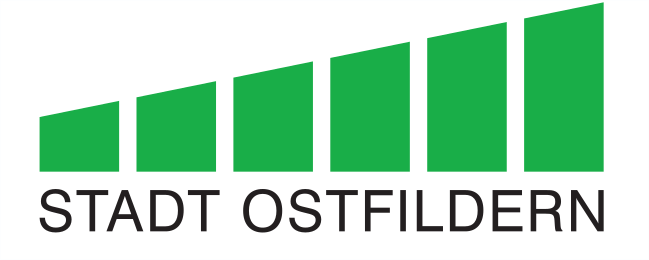The largest district
With about 10,500 inhabitants, Nellingen is the largest neighborhood. It is shaped by its main thoroughfare, Hindenburg Street, which is both a major city-planning axis and the most important business street.
In Nellingen, one finds on the one hand the medieval town center near the monastery courtyard, together with Riegel Street on the neighborhood's southern end, and on the other, a modern school and sports center, an indoor swimming pool, and the KuBinO, a multi-use building offering space for education, child care and a meeting hall, along with the main branch of the municipal library. The light-rail line that was opened in 2000 ends in the northern part of the neighborhood. Nearby, on the site of the former streetcar terminus, a lively cultural center has arisen, including the municipal adult education center ("Volkshochschule") and music school.
Formerly a town oriented toward agriculture, Nellingen developed increasingly into a community of factory workers toward the end of the 19th century. With the entry into service of the END streetcar line to Esslingen in 1926, it became easier to reach factories in the Neckar Valley.
Compared with Kemnat, Ruit and Scharnhausen, Nellingen was always a large village. The former village boundaries, encompassing about 900 hectares, cover about half of the area of Ostfildern.
The neighborhood development process "Aging Well in Nellingen" was launched in the neighborhood in the summer of 2018. The aim is to develop concepts, with the help of residents' roundtables and input from many parties, that will ensure a good quality of life for older residents. The pilot project is meant to be a model for other districts in the city.
Administrative center at the monastery
The name of the village was first referred to in a document in the year 1120. At that time, the local nobleman Anselm von Nellingen donated his property to the Monastery of St. Blaise, in the southern Black Forest. A short time later, the Benedictine monks built a priory in Nellingen, to manage their properties in the region. The buildings that were constructed -- the Romanesque church tower, the Old Parsonage, the granary, and the priory building -- together make up the largest historic building complex in the city.
